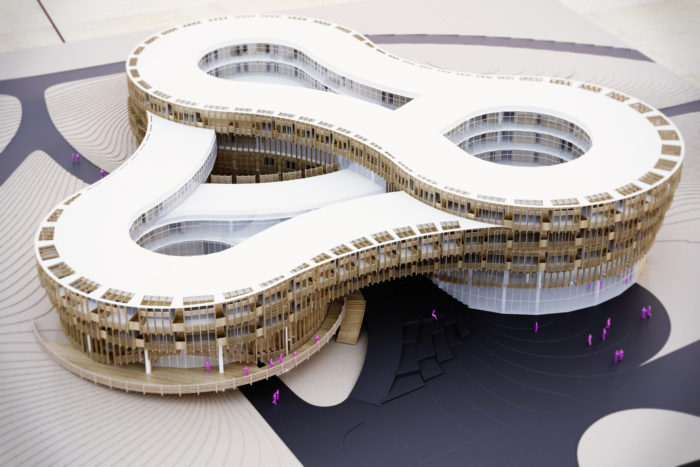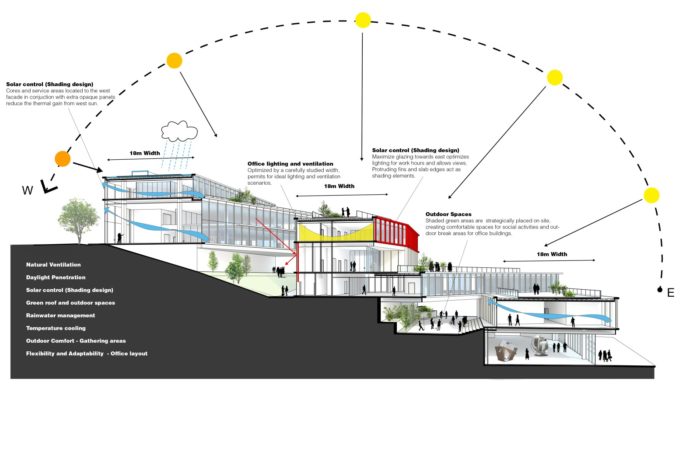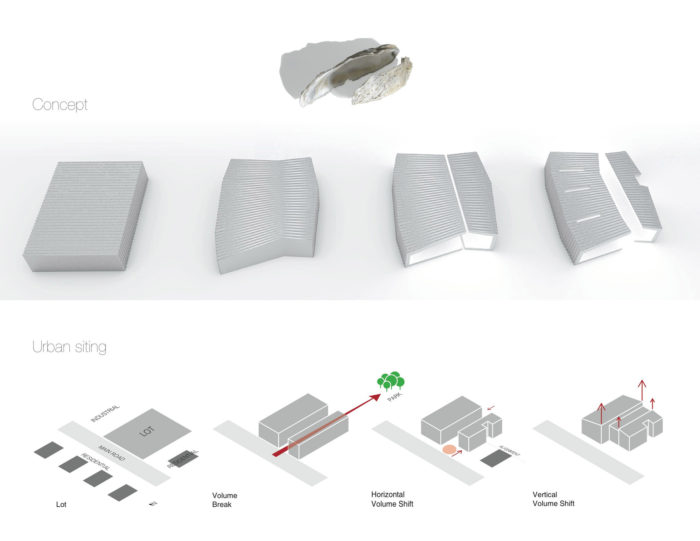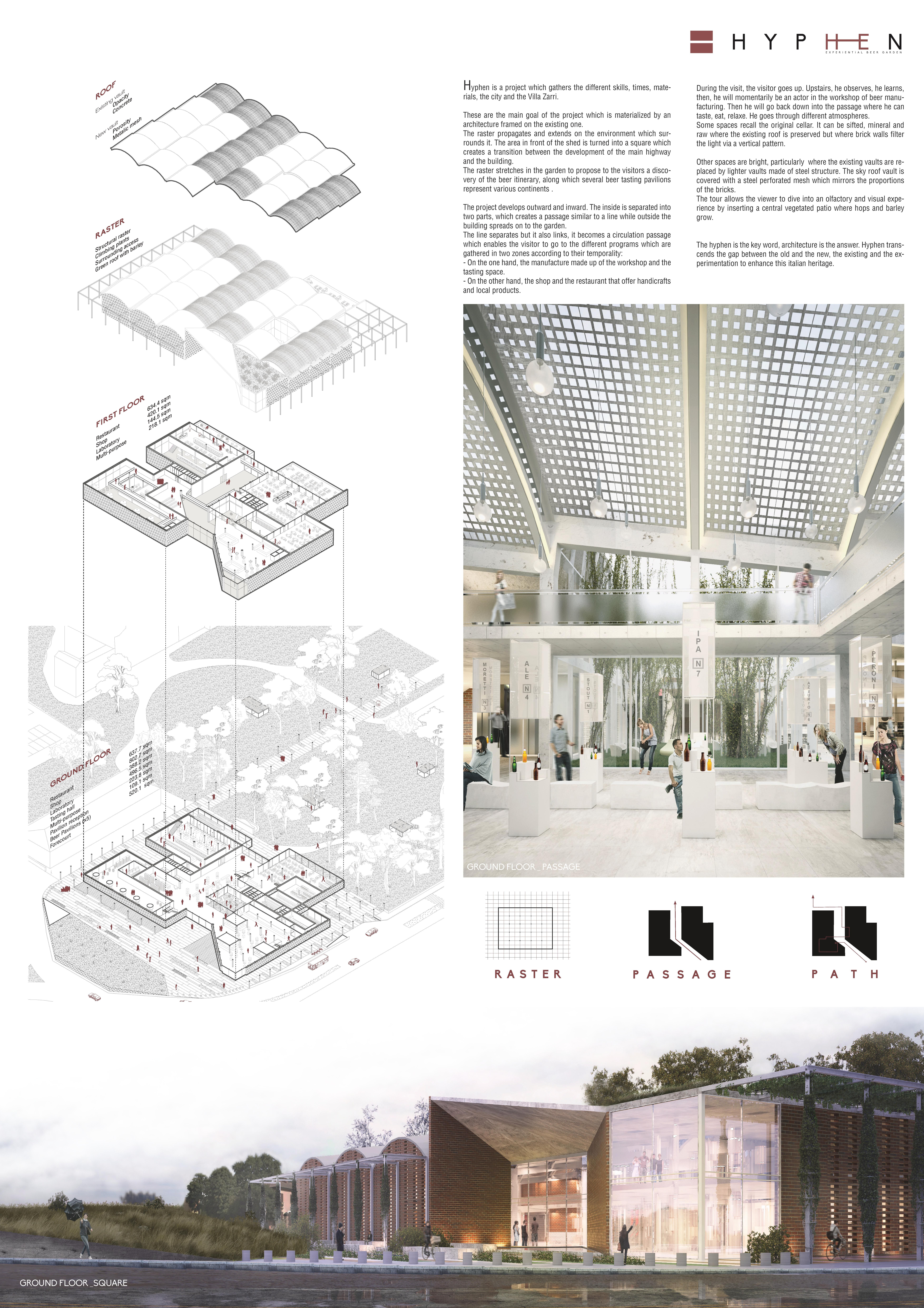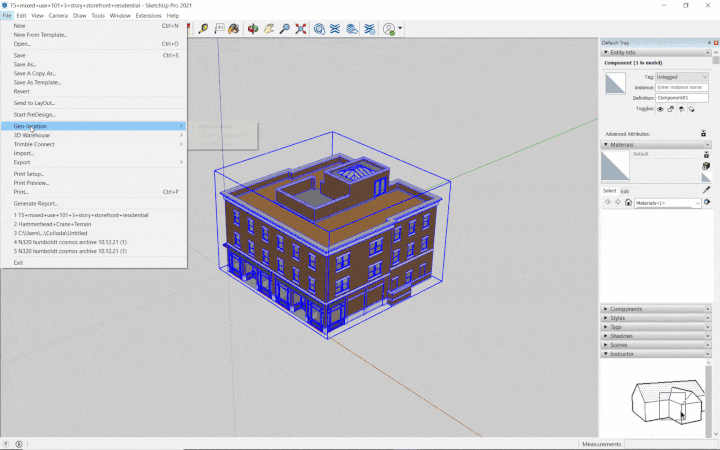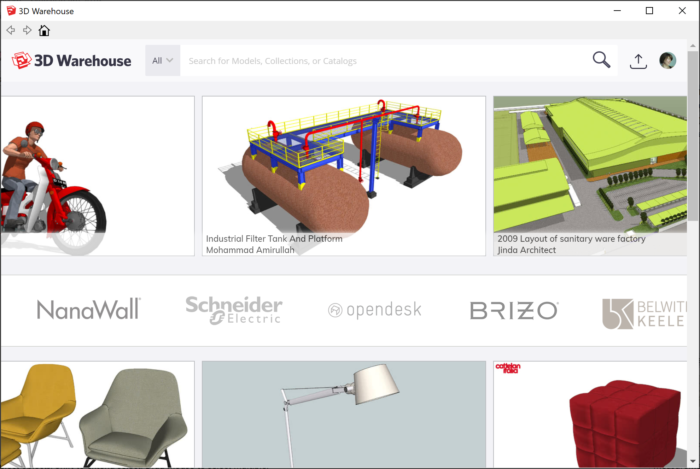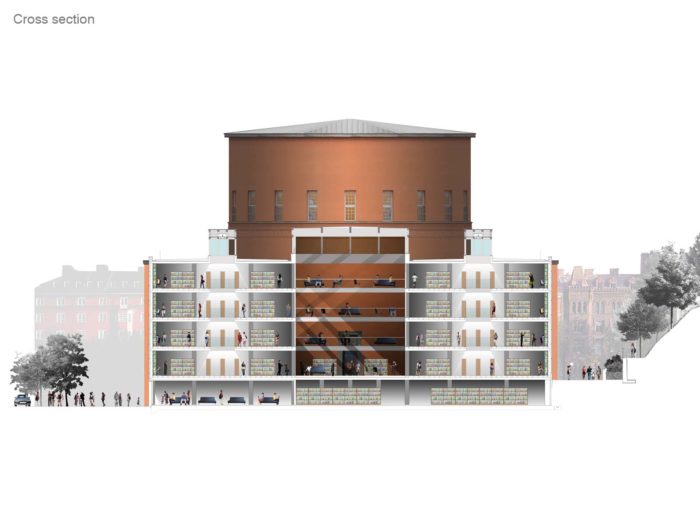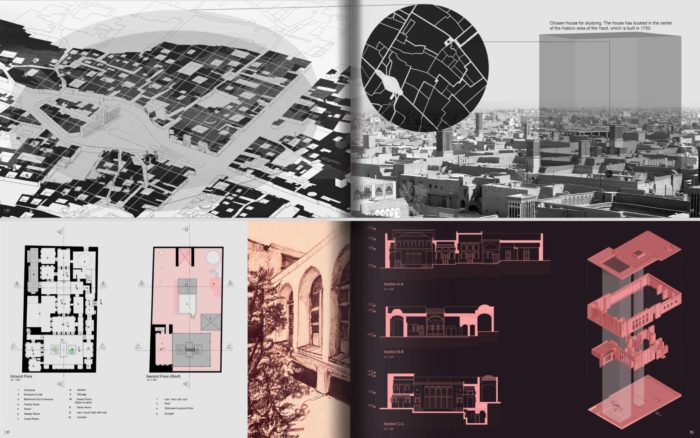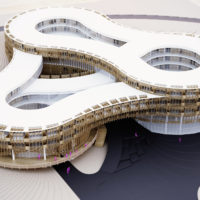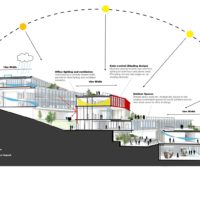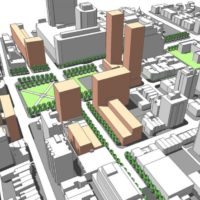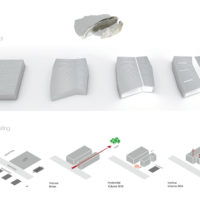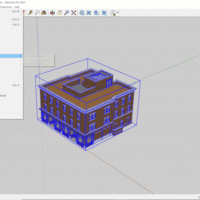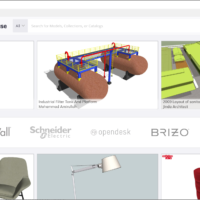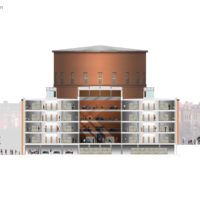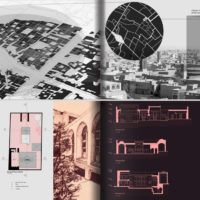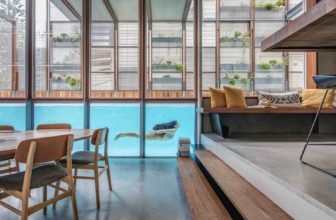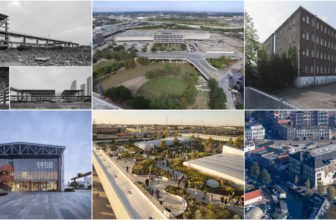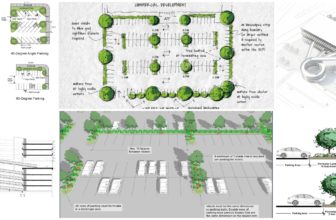Design proposals are used to drum up business for an architectural firm. A well-thought-out one is worth many times its development cost, as it’s your opportunity to make a pleasing impression and demonstrate why your potential clients should be thrilled to collaborate with you.
10 Tips to Develop Powerful Design Proposals
Despite the great significance and impact design proposals have, we regularly encounter poor architectural models due to these awful design proposals. The kind of proposals that are a complete jumble and impossible to follow. Unfinished submissions that don’t include what the client specifically requested. Identical proposals to those made by everyone else.
To attract appreciative clients and submit persuasive design proposals, polish your work using these top 10 professional guidelines and correct your previous mistakes.
1) Request for Proposal
Upon receiving the RFP, your first order of business is to peruse it thoroughly. Figure out the context of the architectural project and the client’s difficulties. Doing so will better arrange your ideas, content, and reaction to meet the challenges and narrow scope.
Take advantage of any question-and-answer sessions with the client to ensure you fully understand their needs. Doing so indicates that you care about the project’s success and the client’s requirements. The key to presenting successful design proposals for an architectural project is first identifying the client’s pain points.
Also Read: Urban Planning Software: 10 Best Urban Mapping Tools to Elevate Your Design’s Concept
2) Get the right people on the bus
Gathering the appropriate people is the first step in developing design proposals that can exceed expectations. Always select your team members with the client’s needs, their skills, and your history of working together in mind.
When putting together a winning team, it’s essential to balance impressing the customer with your knowledge of their wants and needs and giving yourself the best chance of carrying out the work.
3) Lots and Loads of Diagrams
An image can often convey more than words alone. However, they are valued at around double in the context of a conceptual design process. If you’re a solutions architect, the diagram is your greatest ally. They simplify complex ideas by depicting them with rounded shapes and lines. Everyone can understand a schematic just by looking at it.
4) Customized Approaches
Make sure your proposal succeeds by planning ahead and outlining your approach. The three pillars of prosperous design proposals are what the client cares about, what your firm can provide, and how your competitors fall short. Don’t make the mistake of merely listing the things your company does or accomplishes. Instead, focus on showing how these will benefit the client’s project.
5) Examine the Necessary Steps in Reverse Order
There will always be preliminary tasks associated with a significant project. Prerequisites are often listed alongside other requirements. To do your job as an architect well, you must pay close attention to these details. Focus on the final result when presenting design proposals.
Once you’ve settled on an outcome as a group, you can begin planning how to get there. Follow that up by discussing the actions you’d need to undertake to get to the next set of steps, and so on. This backward-planning approach aims to facilitate an early common understanding and consistent concentration. First, finish the main task at hand and then discuss the requirements in greater depth.
6) Demonstrate the real-world application of your concept
This is where everything either goes according to plan or spectacularly falls apart. Show the client that you did your homework by presenting your suggested design in an appropriate setting.
You can use SketchUp’s built-in Add Location tool to pinpoint the exact location, and then you can use the app to model basic massing ideas directly on top of aerial photographs.
Use PreDesign’s analysis of weather data to make shadow studies. Paying close attention to details is guaranteed to make an impression on clients and inspire new ideas.
Related Article: Architectural Sketching: 10 Architecture Sketching Tips
7) Evaluation of Alternative Costs
It’s not something people would be surprised to learn. To know a plan’s seriousness, look no further than its cost. The winning formula may contain an affordable price tag and clearly explain the approach used. If the customer thinks your price is reasonable, they can concentrate on the advantages of your solution.
Sometimes, clients will even request a fixed price cap on the project. If that’s the case, keep that number in mind while you and your crew compile your final cost projections. Try not to undercut the competition to land the customer; you don’t want your company to be known as the low bidder.
8) Provide eye-catching illustrations
Use compelling visuals to immerse your client in your 3D tale. Develop a distinct visual aesthetic for your renderings, videos, or Virtual/Augmented demonstrations to make your design stand out. Once more, you may find that using pre-made 3D models from SketchUp’s 3D Warehouse ramps up the modeling process significantly. In many cases, all that’s required is a quick trip to 3D Warehouse to download a ready-made model.
When presenting their work, some architects would instead use less realistic renderings so they aren’t committed to a design that may need to be adjusted down the line. However, to make your design proposals for a project stick out from the rest, you may want to adopt a unique style that is eye-catching and memorable.
9) Provide Previous Work Samples
Similarly to an architecture portfolio, design proposals are something you want to show rather than write. Don’t just boast about how brilliant your architectural firm is or how phenomenal an architect you are; instead, highlight the firm’s track record. To show your competence, you must detail your past project experience and explain how it relates to the work that will be performed.
Photos of the completed building or a scan of the blueprints could be added to this part to show how the design was implemented. Drawings and the finished structure let the client see how well their ideas were translated into reality.
Also Read: What Is a Vanishing Point and How to Perfect It in Architectural Drawings?
10) Obtain Professional Assistance
As a final point, running your design ideas by a second set of eyes is helpful. It could be very fruitful to seek advice from individuals outside your firm. Furthermore, going online can help you get new perspectives on how other architectural firms develop compelling design proposals.
It’s okay to ask around if you need help understanding something new. For instance, the architecture community on Twitter is impressive; it’s full of experts who are eager to lend a hand. If you pose a question aloud or to a particular person, you will likely receive a wide range of responses.
Design Proposals, In a Nutshell
Design proposals are all about creating a common groundwork of knowledge about the specifics of a large-scale architectural endeavor. Getting everyone on board with your solution by creating a common language is a big step in the correct direction. Diagrams and 3D models can aid in achieving that common ground with your complete client base. They’ll grasp what you’re going for and flag any blind spots.
Restoring your reputation is as simple as pointing out issues and soliciting feedback from others. You need people to believe that you have taken the time to think this issue through carefully and have considered every possible outcome. With this knowledge in hand, you can make more informed design suggestions.
- ©GRAFT+Penda
- ©stockimg.net
- Revitalisation Plan of the Cabot Square Edge. ©Affleck Delariva
- Mariner Harbor Branch Library / A*PT ARCHITECTURE. ©stockimg.net
- Young Architects Competitions | Architecture presentation. ©stockimg.net
- ©Esri.com
- ©SketchUp.com
- Proposal for an addition to the Stockholm Public Library. ©Presidentsmedals.com
- ©Keyhan Khaki


